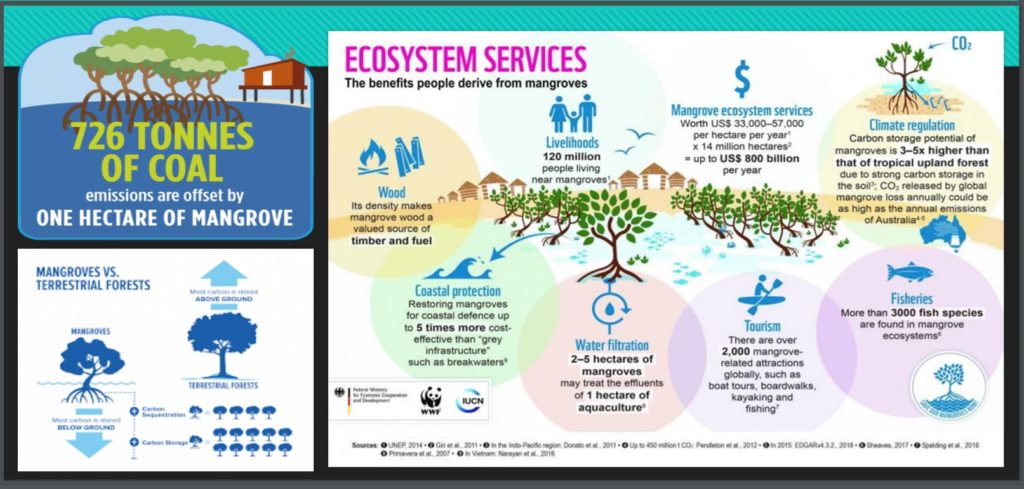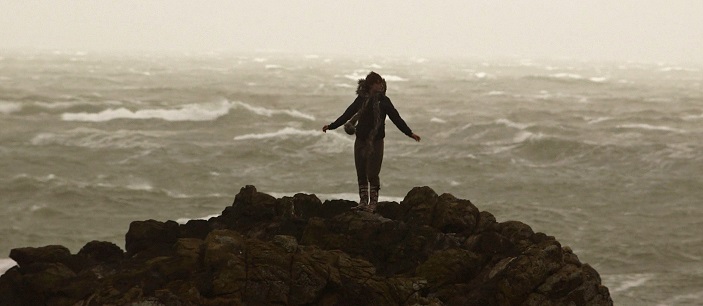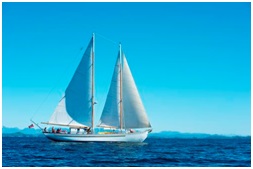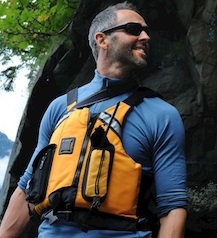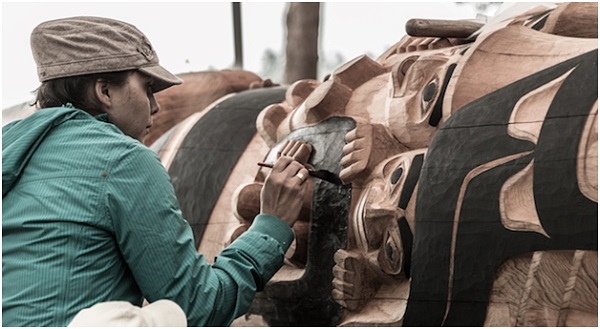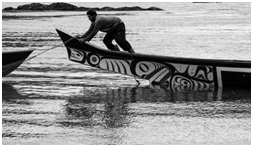As the holiday season and other celebratory occasions approach, Champagne remains a timeless classic—but it’s no longer the only option for sparkling wine lovers. From unexpected regions to unique flavor profiles, a world of bubbles is waiting to be discovered. The below highlights 7 Champagne Alternatives–a regionally-diverse array of stunning sparkling wines from across the globe that rival Champagne in quality, taste and affordability.
Skip the Champagne: 7 Sparkling Substitutes Worth Toasting

Champagne has long been the essential toast of holidays and other special occasions, but the landscape of sparkling wine is evolving. Today’s breed of bubbles offers an exciting range of choices from nearly every corner of the wine-producing world. Regions across the globe are proving they can stand shoulder to shoulder with the world-famous fizz, offering exciting alternatives for wine lovers ready to expand their horizons. And, as people’s tastes shift, so do their preferences for flavor profiles, sweetness levels and production methods, there are more new styles to discover as alternatives to Champagne.
Champagne is often enjoyed for its multi-layered aromas of fruit and brioche, finishing with a searing and elegant acidity. Yet, not all sparkling wines meet these lofty criteria, and some remarkable options exist that may surprise your palate and your wallet.
Corpinnat and Cava
It’s rare to see Cava and its innovative offshoot, Corpinnat, mentioned together, but these two Spanish sparkling wines share a commitment to quality. Corpinnat represents a collective of small, independent organic wineries that have opted out of the official Spanish quality hierarchy to craft sparkling wines that reflect their unique philosophies and practices. What sets Corpinnat apart from Cava is its stringent requirement that grapes must come from owned organic vineyards and be vinified on the winery’s premises. Each bottle must mature for a minimum of 18 months, surpassing Champagne’s minimum requirement by six months. Many producers opt for extended aging, with some wines maturing for 60 months or longer. This extended bottle maturation allows the wines to evolve from fresh fruity aromas into complex nutty and bread-like flavors, enriching the overall tasting experience. In contrast, Cava, while often perceived as more industrial, can also produce exceptional wines. Major producers like Freixenet and Codorniu dominate the market, leaving smaller-scale artisans with limited exposure. Like Corpinnat, Cava is primarily based on the indigenous grapes Xarel-lo, Macabeo, and Parellada, which deliver a delicate, fruity profile with a light body.
The German and Austrian Powerhouses
Cool climates are renowned for producing wines with vibrant acidity—the backbone of sparkling wine. This principle underpins the German and Austrian passion for their sparkling creation, known as Sekt. In these countries, Riesling often takes center stage, although you may also encounter Pinot Noir, Chardonnay, and other varietals that can rival high-end Champagnes. Germany and Austria pride themselves on their quality sparkling wines. Austria has recently launched a new Charta, establishing a hierarchy for “Sekt Austria.” This pyramid includes “Grosse Reserve” (big reserve), “Reserve,” and the foundational “Sekt Austria” quality, with aging requirements ranging from a minimum of 6 months on the lees to at least 36 months for the highest tier.
This commitment to quality has garnered increased interest from both tourists and consumers alike, prompting Austria to appoint Andreas Vitasek as their new sparkling wine ambassador. When exploring German Sekt, focus on renowned regions like Mosel, Rheingau, and Rheinhessen. Notable producers include Kallfelz, Barth, and Raumland. In Austria, look for high-end offerings from Bründlmayer, Loimer, and Domäne Wachau.
Crémant de Bourgogne
If you prefer to stay in France, consider heading south to Bourgogne. The region primarily produces sparkling wines from Chardonnay and Pinot Noir, with Aligoté providing a refreshing exception. Crémant de Bourgogne offers a lighter, fruit-driven experience, illustrating a frothy texture that dances on the palate—an excellent alternative to its more famous cousin.
Cartizze: Prosecco’s Crown Jewel
In the northern Italian region of Veneto, the hill of Cartizze stands as Prosecco’s most revered site. Officially classified in 1969, its reputation as an exceptional origin stretches back more than two centuries. Rising to 350 meters (1,150 feet) above sea level, Cartizze encompasses just 108 hectares (280 acres). With land prices exceeding 1 million Euros per hectare, it rivals the world’s most expensive vineyard sites, including those in Burgundy. Ownership rarely changes hands, with plots typically passed down through families, underscoring the value placed on this unique terroir. The slopes of Cartizze are so steep that vineyard work must be done entirely by hand. In some areas, workers use sledges to transport grapes and tools, their efforts evoking comparisons to mountaineering. This challenging terroir, combined with the elevation and a predominance of old vines, produces Prosecco of remarkable intensity and character. Most wines from Cartizze are crafted in a ‘dry’ style, leaving a touch of residual sugar. This subtle sweetness enhances the vibrant fruitiness, while the crisp acidity keeps the wine beautifully balanced. The result is a Prosecco of elegance and finesse, ideal for those looking to celebrate with something truly special.
Moscato d’Asti: The Sweet Charm of Piedmont
In the heart of Piedmont, a region famed for Nebbiolo’s brooding intensity and wines like Barolo and Barbaresco, Moscato d’Asti offers a gentler, more unassuming charm. Made from the highly aromatic Muscat grape, this sparkling sweet wine is often overlooked in favor of its more prestigious neighbors but has a unique role in the region’s vinous identity. The defining features of Moscato d’Asti are its fragrant sweetness, low alcohol, and gentle spritz. This combination allows producers to fully explore the grape’s potential, highlighting its characteristic notes of orange blossom, ripe apricot, and honeyed peach. At just 5.5–7% ABV, it provides a light and refreshing contrast to the weightier wines often associated with Piedmont. Its flexibility at the table is a key strength. Moscato d’Asti can elevate desserts like white chocolate and candied fruits or pair beautifully with creamy and blue cheeses. For some, it even becomes the dessert, offering a delicately sweet conclusion to a meal without overwhelming the palate.
Cap Classique: South Africa’s Sparkling Star
For those who find Italian fruitiness is too exuberant, South Africa’s Cap Classique offers an elegant alternative. Introduced as a defined style in 1971, this sparkling wine is crafted in the traditional method, involving a secondary fermentation in the bottle. While the classification is relatively modern, the South African tradition of producing sparkling wines dates back over 360 years, firmly rooted in the country’s winemaking history. Cap Classique spends a minimum of 15 months on the lees, allowing delicate notes of brioche and hazelnut to develop.
However, the hallmark of South African sparkling wine remains its bright, fruit-driven profile, often leaning into flavors of citrus, stone fruit, and even tropical notes, rather than the pronounced toastiness typical of Champagne. Today, Cap Classique has earned its place among the world’s finest sparkling wines. Its ability to balance value and quality makes it an appealing choice for celebrations, offering a distinctive South African character without pretension. Whether as a centerpiece for an event or an unassuming companion to the moment, it stands ready to impress.
Tasmania: A Sparkling Island of Innovation
Tasmania, Australia’s southernmost state, lies around 150 miles (240 kilometers) south of the mainland, separated by the often-turbulent Bass Strait. Known for its pristine wilderness and cool climate, it is the nation’s most southerly and coolest wine region, home to a scattering of nearly 1,000 offshore islands. This remoteness has shaped its identity as a haven for eco-tourism and, increasingly, as a center for world-class sparkling wine. The island’s wine industry is small but tightly focused, with producers working collaboratively and sustainably. Biosecurity is paramount, and tourists are often barred from entering vineyards to prevent soil-borne pests or diseases inadvertently carried on footwear. Inter-planting with native vegetation, allowing certain ‘weeds’ to flourish, and preserving wildlife corridors reflect Tasmania’s dedication to environmental harmony. Tasmania’s cool climate is particularly suited to Pinot Noir and Chardonnay, the cornerstone varieties of its sparkling wines. These wines are defined by their vivid fruit intensity, bracing acidity, and, in many cases, the nuanced autolytic complexity of toast and brioche. The sparkling wines often rival the quality of Champagne, though with a distinctive freshness and clarity born of the island’s maritime influence and clean air. Despite its small scale, Tasmanian sparkling wine is increasingly found on the shelves of fine wine retailers and the wine lists of high-end restaurants across the globe. Its ability to combine precision, elegance, and sustainability ensures Tasmania’s place among the leading sparkling wine regions of the world.
Emerging Regions
Beyond the traditional producers, numerous up-and-coming regions are crafting outstanding sparkling wines. The United Kingdom, Argentina, and cooler areas of California are all making their mark in the sparkling wine scene, offering fresh and innovative options for consumers looking to diversify their celebratory toast.
Champagne will long-remain a classic, of course, but it no longer holds an exclusive claim as the “must-have” sparkling wine for holidays and other special occasions. While this iconic bubbly is a favorite celebratory beverage for many, the world of wine offers a range of exciting alternatives that deserve due attention. For the Silo, Peter Douglas.
Peter Douglas, DipWSET, is a wine expert with the “VinoVoss”—an AI Sommelier smartphone app and web-based semantic wine search and recommendation system developed by BetterAI. VinoVoss picks the perfect wine every time, for any occasion courtesy of a highly advanced artificial intelligence assist. Douglas is an experienced wine trade professional with a diverse background in the HORECA industry, specialist stores, purchasing, portfolio management, and general wine trade. He also possesses hands-on experience in winemaking, further enhancing his knowledge and understanding of the industry. Peter’s qualifications include the WSET-Level 4 Diploma in Wines and Spirits, and currently, he is in Stage 2 of pursuing the most esteemed and prestigious title in the wine industry, Master of Wine. Peter’s expertise extends to consulting distributors and importers, as well as assisting in enhancing the wine portfolio of on-trade settings. Additionally, Peter serves as a wine agent, proficient in sourcing specific SKUs at favorable prices for clients’ portfolios.





